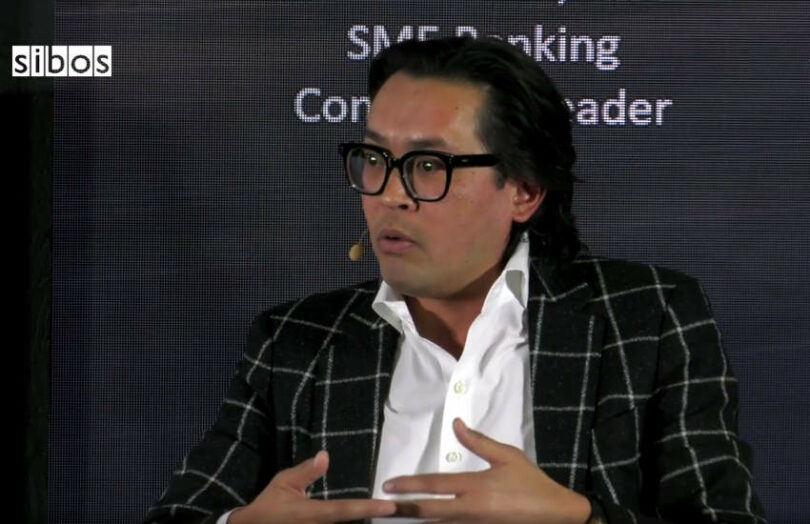During a SIBOS panel discussion yesterday, JP Morgan revealed it is participating in the Regulated Liability Network (RLN). Gary Chan, the bank’s global head of post trade, believes digital currency will transform payments within five years.
Earlier this month, the UK arm of the Regulated Liability Network (RLN) shared the findings of its latest work without mentioning the participants. The network aims to bring together banks and central banks to support different types of digital currency on the same network. That includes central bank digital currency (CBDC), deposit tokens and regulated stablecoins. In July the US RLN published a report involving several other U.S. banks, the New York Federal Reserve’s innovation arm and Mastercard.
The involvement of the big bank is notable for several reasons. Firstly, JP Morgan has been at the forefront of bank exploration of digital currency and is involved in several other initiatives – JPM Coin, Partior, and public blockchain deposit tokens. Secondly, Citi initiated the RLN network. And JP Morgan processes $10 trillion in payments daily, making it the biggest player in payments.
JPM’s digital currency motivations – regulation
There are two drivers behind JP Morgan’s RLN involvement. One is to bring regulators up to speed and the other is bank interoperability.
“My primary goal inside the RLN process is how do we begin to have regulators understand why we need this to move forward,” said JP Morgan’s Gary Chan. “It’s incumbent on us as industry leaders to guide them on that journey as well.”
He continued, “That benefits the client experience because that begins to move and accelerate the innovation that you can create in this space. The idea is really creating innovation opportunity for us in the financial services market. As opposed to trying to innovate away and silo out.”
For international payments, the challenge is that it’s not just one set of regulators, but country by country. Lloyd’s Bank’s Peter Left noted the involvement of the New York Federal Reserve’s innovation arm in the US RLN work. UK regulators have not participated in the British work so far.
Digital currency needs collaboration, interoperability
JP Morgan’s Chan also emphasized the necessity for collaboration.
“If we bicker and argue about certain plumbing pieces that exist today, we’ll never get there. To me, 85-90% of what we’re talking about today probably won’t exist in five years. It’s going to look different,” said Chan.
“Once you accept that, you can argue less about the philosophical facts of which layer one (blockchain) I’m using and argue more around this is how it actually should be inter-tethered together.”
Following up on that point on layer one blockchains. JP Morgan was one of the early backers of enterprise blockchain firm R3. However, in 2017 it pulled out after pivoting towards building its own Ethereum-based permissioned DLT, Quorum.
The premise that underpins the RLN is interoperability so that banks don’t need to use the same type of blockchain to transfer tokens between them. But still, interoperability requires collaboration.
Chan sees a big risk to deposit tokens and regulated digital currency if banks get bogged down in regulatory arbitrage or don’t collaborate sufficiently.
As EY’s Alla Gancz put it, “We’re seeing a lot of innovation in silos. But I think the future of digital money will be powered by collaboration.”






